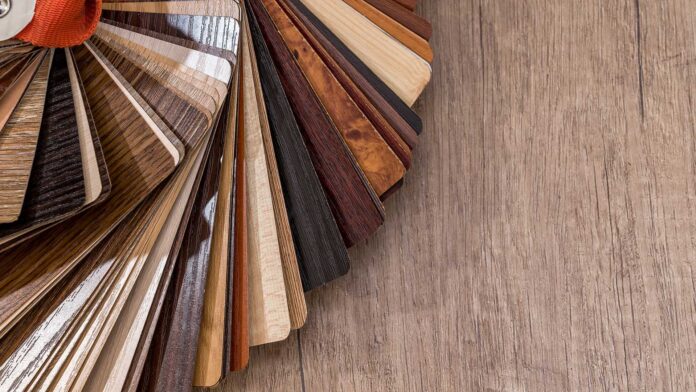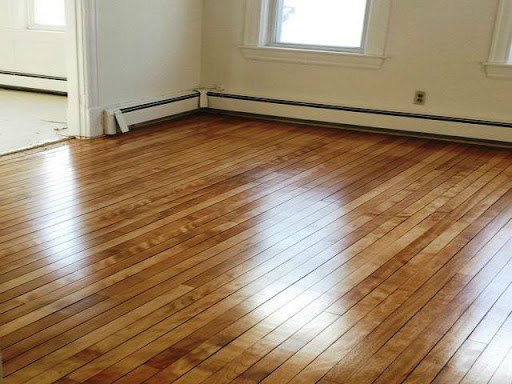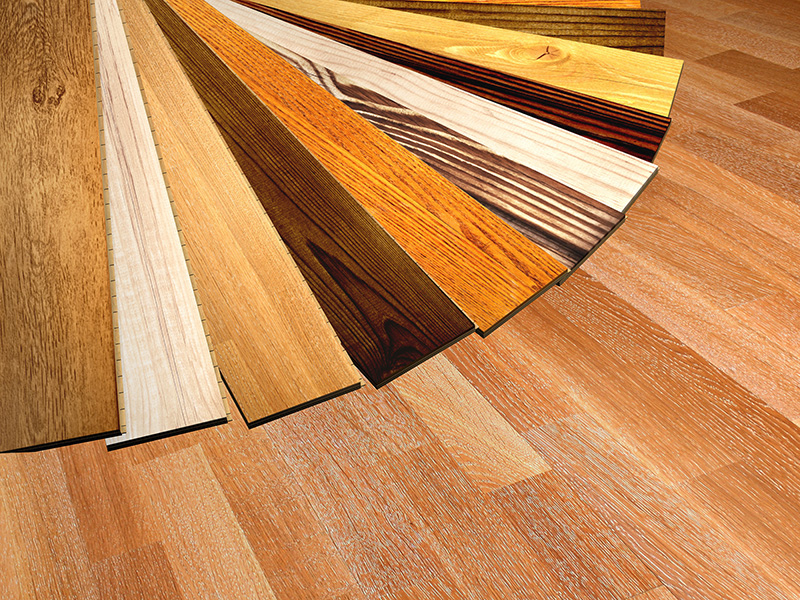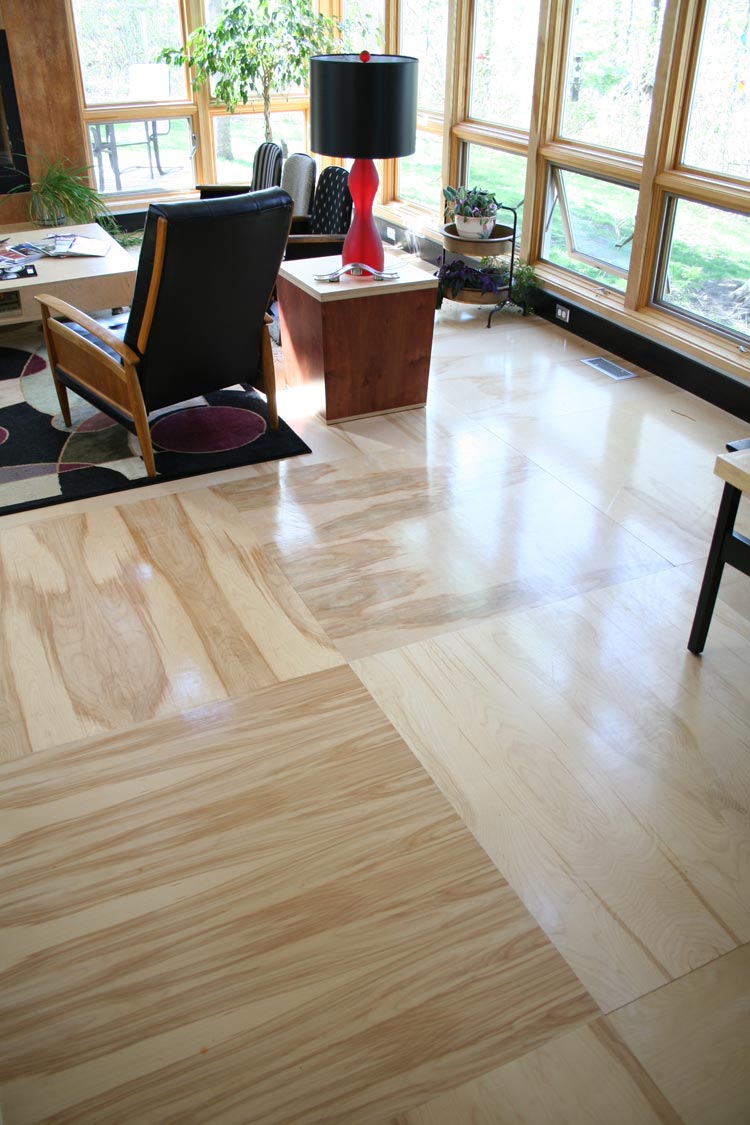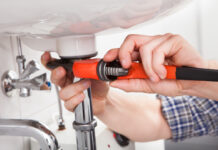A cow on the road. Frothing tea in a roadside stall. And two carpenters vigorously sanding sheets of plywood.
Growing up, these are some of the perfectly unique images every Indian is exposed to, whether or not they play a deeper role in our lives. The last visual, however, will undoubtedly have a bearing on your life – if you’re thinking of building a home.
Plywood is one of the most common construction materials in India. Whether or not you end up using it, there will be at least one person in your construction team who will recommend it. It’s a good idea, then, to get the full picture of plywood.
So, as you start drawing plans, here’s a quick all-you-need-to-know guide on the plywood types in India.
WHAT IS PLYWOOD?
When two or more sheets of wood, each called a veneer, are glued together to get a piece of wood of considerable thickness – it’s called plywood. Simple as it sounds, there is a lot that goes into its manufacture.
Along with many other advantages, plywood is usually strong and flexible – making it the preferred construction material for carpenters and interior designers.
WHAT ARE THE TYPES OF PLYWOOD?
There are at least 18 types of plywood, depending on the type of wood used, the manufacturing process and so on. However, the following are the plywood quality types used for building furniture:
- MR Plywood: Moisture resistant (MR) plywood, also known as, commercial plywood is used for making indoor furniture. You should note that moisture-resistant and waterproof are two different terms.
- BWP & BWR Plywood: Boiling Water Proof (BWP) and BWR (Boiling Water Resistant) plywood types are sturdier than MR plywood, and are used for exterior use, such as garden furniture or shedding. However, their resistance to water makes them an attractive choice, typically, for kitchen furniture.
- Marine Plywood: As the name implies, this type of plywood was explicitly designed for marine structures like boats. Like BWP & BWR, these plies are also, however, used for outdoor and kitchen furniture. Their resistance to water is of industrial standards – hence, they are better, in terms of quality, than BWP & BWR, but also more expensive.
THE PROS & CONS OF PLYWOOD
In addition to plywood, you would have heard of solid wood, MDF, particle boards or blockboards. There are benefits and drawbacks associated with selecting either of these types. Here are the top 5 pros and cons of choosing plywood as a construction material.
Pros:
- Economical: As veneers can be of different types of wood, you can mix and match to meet your budget. Furthermore, plywood costs less than solid wood.
- Durability: Because of the veneers, it doesn’t warp or shrink as much as a single block of wood. Also, the plywood thickness makes your furniture last for a longer time.
- Versatility: Plywood can be used for indoor, outdoor and other types of furniture. There are several different plywood quality types available based on your needs and budget.
- Convenience: It comes in various sizes and is quite easy to handle without the worry of damage.
- Eco-friendly: There is almost zero wastage of wood in the manufacturing process. Also, plywood is recyclable.
Cons:
- Cost: It is expensive compared to MDF, particle boards and blockboards.
- Assessment: It is difficult to gauge the quality of the inner veneers and understand the grade of the plywood. So that you don’t get cheated, you must know how to identify duplicate plywood.
- Appearance: Not as attractive as solid wood block, plywood usually needs to be covered by laminates to add to its aesthetic appeal.
- Damage: MR plywood, used for most of the interior furniture, is not water-resistant and can get damaged in the long term.
- Design: You cannot carve it for a single piece. Further, plywood properties are such that it tends to sag or snap when used for longer pieces of wood like front doors, wardrobe doors, etc.
COSTS & USE
Plywood finds its use in many aspects of décor. From wall cladding to wooden flooring, you can find plywood in practically every corner of the house. Depending on the plywood thickness, type, and utility, the cost can vary. On average, plywood costs are as follows:
| Thickness | Marine Ply | Commercial Ply | MDF |
| 4 mm | 42.25 | 37 | 40 |
| 6 mm | 54.25 | 45.50 | 51 |
| 9 mm | 71.65 | 60 | 62 |
| 12 mm | 88.05 | 70.70 | 77 |
| 15 mm | – | – | – |
| 16 mm | 107.50 | 91 | – |
| 18 mm | – | – | – |
| 19 mm | 119 | 99.75 | – |
GET PLYWOOD, NOT LIE WOOD!
Now, you may have asked your carpenter for Marine grade plywood. But how can you say with certainty that what he has sent across is not MR plywood? Often, hoodwinkers give a high-quality finish to mask low-grade plywood properties, and fool homeowners and professionals alike!
Look for these red signals and understand how to identify duplicate plywood:
- Too many core gaps or excessive overlapping between successive veneers implies a lack of structural integrity. Do not allow for more than 1-2 mm gaps appearing intermittently.
- Hammer a nail into the side profile of the ply. If you see cracking, then the plywood is not good quality.
- For BWP & BWR plies, cut a piece of the sheet and boil it in a pressure cooker for five whistles. If the layers remain intact, then the plywood is genuine.
- Ask for ISI certification. On the certificate, make sure you find the CM/L number (indicative of license).
ASK CONTRACTOR BHAI!
At Contractor Bhai, we are committed to delivering you quality in every inch. From giving you all the possible information on your selected material to keeping you in the loop at every stage, we make sure that your home gets the best of both worlds.
To get the finest plywood types in India at the most reasonable prices, just ask Contractor Bhai!

